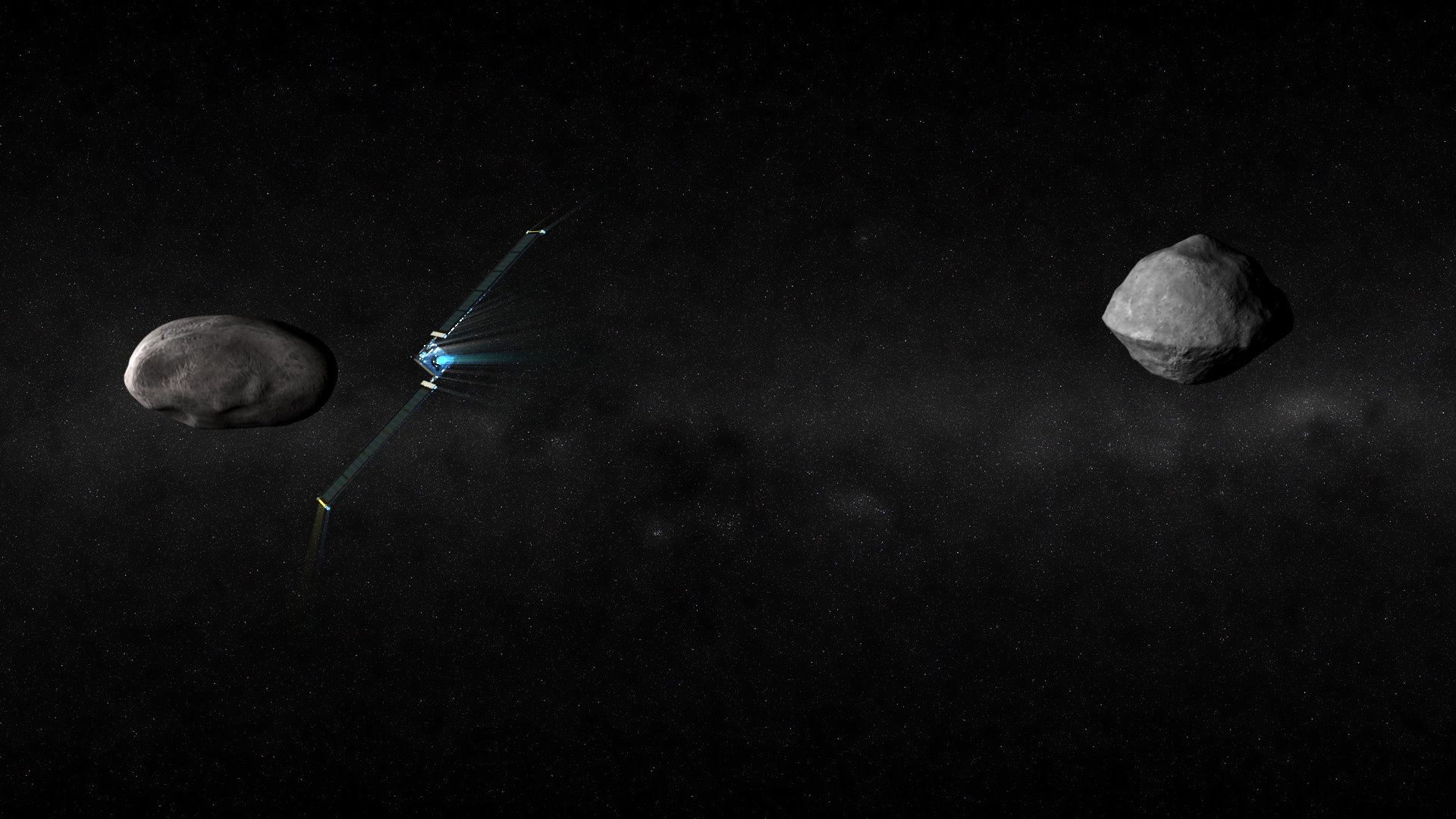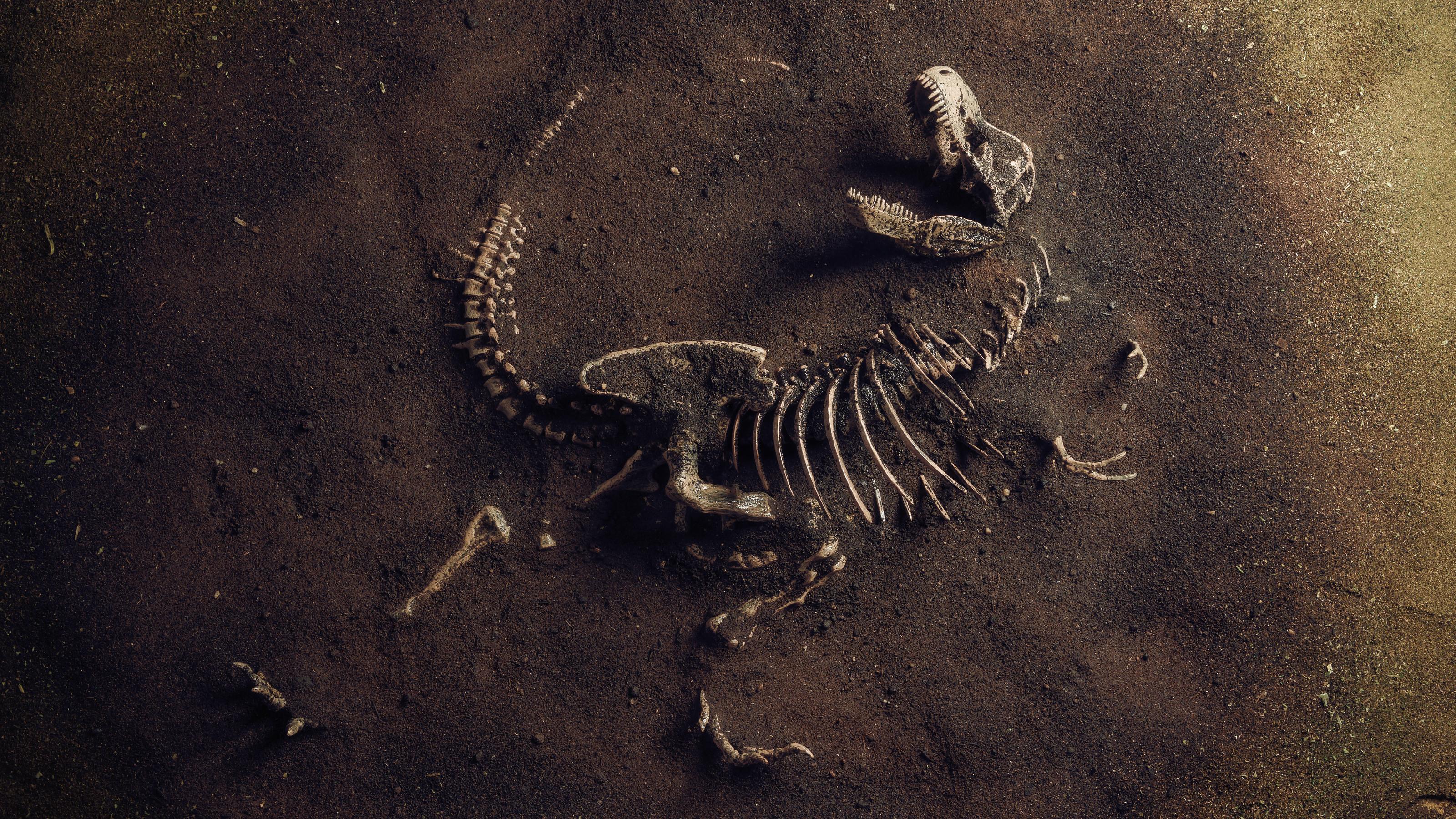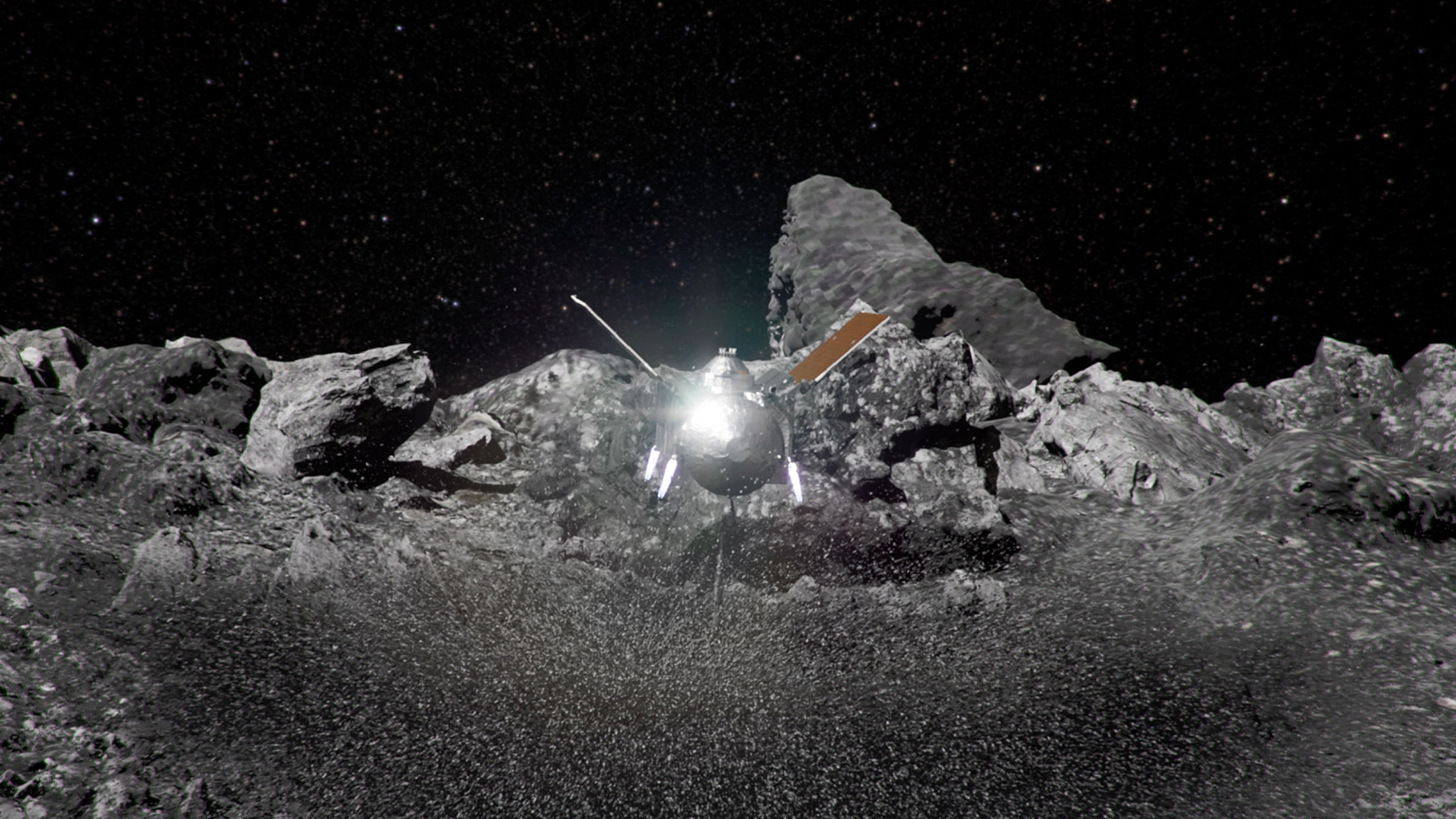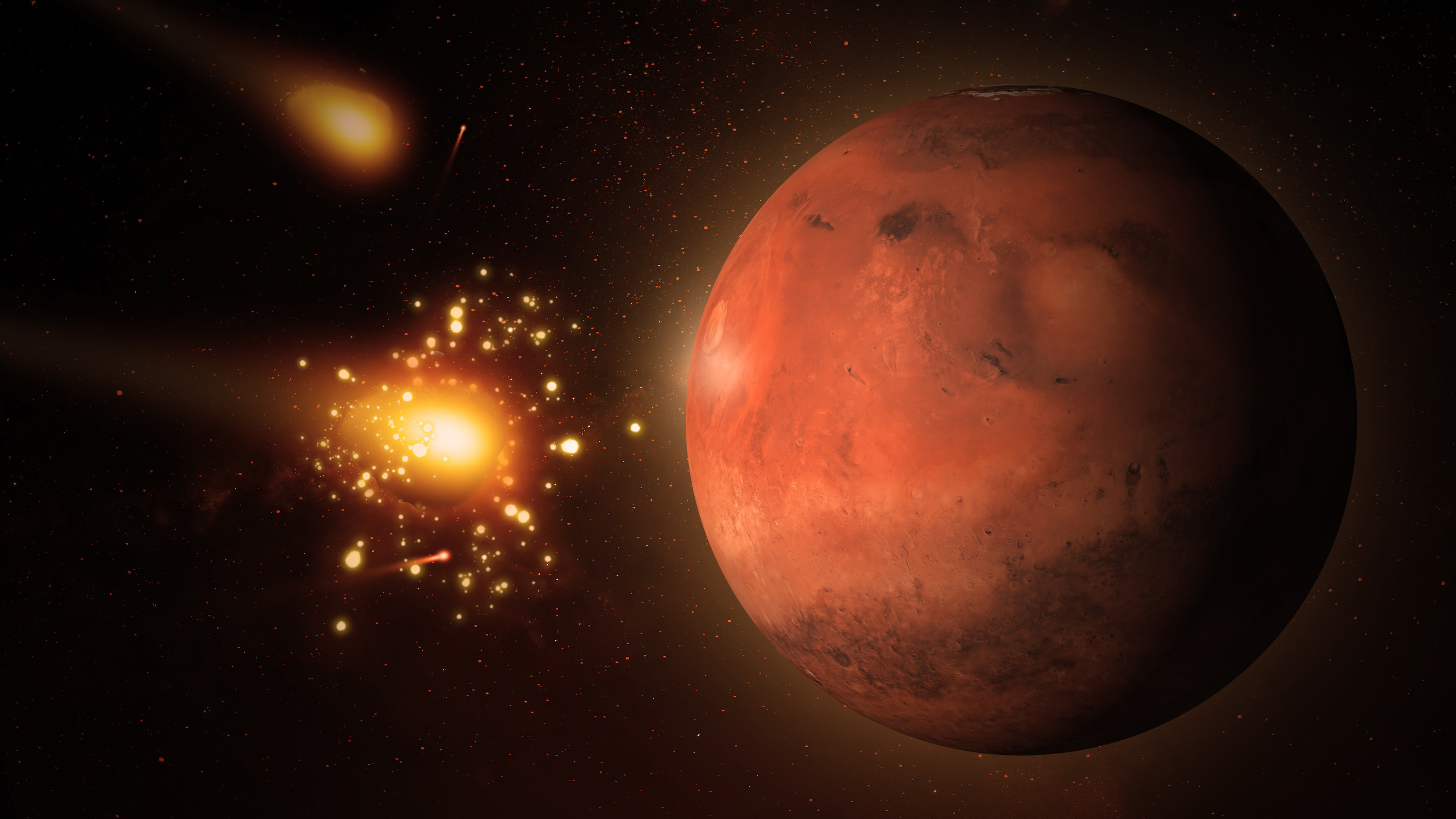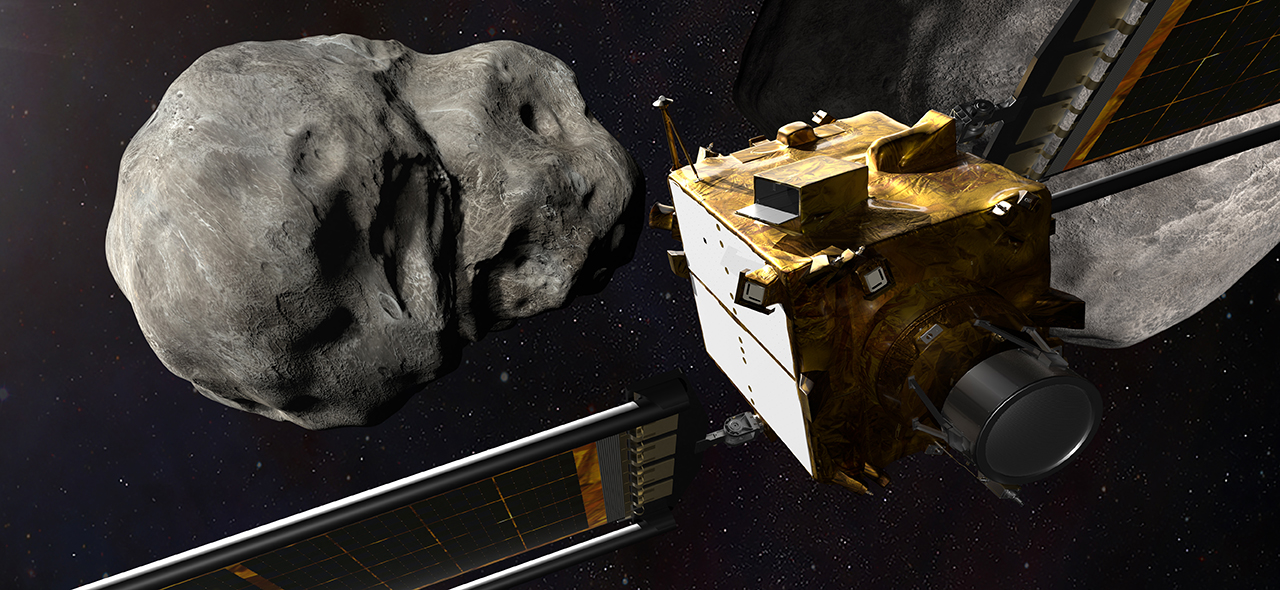Sometimes an asteroid is just a pile of rubble
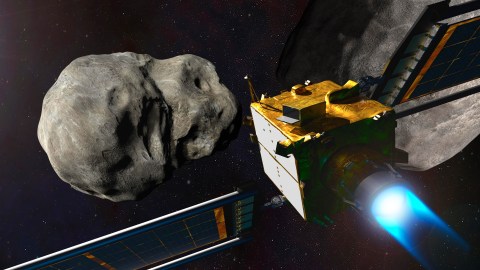
- Most people imagine asteroids to be giant floating space rocks, sort of like mountains.
- The vast majority of asteroids winging around the Solar System are not space rocks — they are piles of rubble.
- Astronomers have good reason to believe these rubble piles are the result of powerful collisions between larger solid objects.
Two weeks ago NASA successfully crashed its DART spacecraft into the asteroid Dimorphos, and it was pretty spectacular. This week we found out that the mission was a complete success. It altered the binary asteroid’s orbit by more than 30 minutes.
Long before the impact, the mission had already generated tremendous interest because it was designed to be the first experiment in planetary defense. An asteroid or comet collision with Earth might be a rare occurrence, but the consequences are so potentially apocalyptic that it is a good idea to put a plan in place sooner rather than later. That’s what DART was all about. With DART’s dramatic asteroid impact behind us, now is a good time to reflect on what, exactly, it impacted.
Fast-moving space rubbish
Most people imagine asteroids to be giant floating space rocks. One often hears the term “flying mountain” or something similar to refer to them. This description brings to mind vast pieces of granite, strong and solid, soaring through the dark. The idea of asteroids as dense hunks of rock, and perhaps metal, also drives science-fiction narratives where they are used for future space settlements. (This is something I will return to in a future post.)
The problem with all these conceptions is that they get most asteroids completely wrong. The vast majority of asteroids winging around the solar system are not space rocks — they are piles of rubble.
Rubble pile is, in fact, the official scientific descriptor for asteroids with diameters between 200 meters and 10 kilometers. Rather than a solid rock, with a dense matrix of minerals binding the structure together and giving it rigidity, a rubble pile is something else entirely. The weak mutual gravity of its components is what rather loosely holds a rubble pile together. And what are those components? Think of a giant 10-kilometer ball of sand mixed together with pebbles, rocks, and some boulders. That’s a rubble pile.
One cool thing about rubble piles is they were discovered long before anyone sent a spacecraft out for a visit. Decades ago, ground-based telescopic and radar studies let astronomers map out the rotation rates of asteroids across the solar system. When they compiled their data, researchers found that all the bodies with a diameter of around 10 km or less had a clear upper limit to the speed of their spin. And the maximum spin rate was just about how fast an object would have to rotate before centrifugal force overwhelmed gravity. Rotate a “strengthless” object — meaning one with no internal molecular forces holding it together — any faster than this, and it will simply fling itself apart. The fact that no smaller asteroid spun faster than this meant that they must be loose collections of stuff, held together only by gravity. (Any rubble piles that did rotate faster would have already disassembled themselves.)
The children of disaster
Once we began sending space probes to the asteroids to observe them directly, the rubble pile moniker made even more sense. 25143 Itokawa, for example, is a poster-child rubble pile. Visited in 2005 by the Japanese Hayabusa mission, it looks like, as astronomer Ken Walsh put it, “a pile of rocks from someone’s garden or a mountain scree field. There are rough and angular boulders and cobbles littering the surface, one oddly large boulder looking out of place, and a few ‘ponds’ of finer grains.”
Asteroid Bennu is another classic example of a rubble pile. It presents a weird, quasi-spheroidal shape with a bulge at the equator that has been structured by its rotation. Now, we have the final images from DART as it plunged into Dimorphos, a tiny rubble pile the size of a football stadium. Those pictures showed an asteroid with the same strangely granulated surface Itokawa and Bennu possess.
As for their origins, rubble piles are the children of disaster. Astronomers have good reason to believe they are the result of powerful collisions between larger solid objects. Such collisions shattered the parent bodies, many of which were asteroids from the main Asteroid Belt, tearing them to shreds. But gravity is a powerful and patient force. Over time some of the parent body material — now fractured down to sand — agglomerated back into objects like Itokawa, Bennu, and the binary pair Didymos and Dimorphos.
So it’s time to give up on the idea that most asteroids are “mountains flying through space”. That might be true of the larger bodies such as Circe and 433 Eros, but for the more numerous smaller asteroids, a better image might be “a giant potato of rocky beach flying through space.” That clearly does not sound nearly as cool, so let’s stick with rubble pile.
